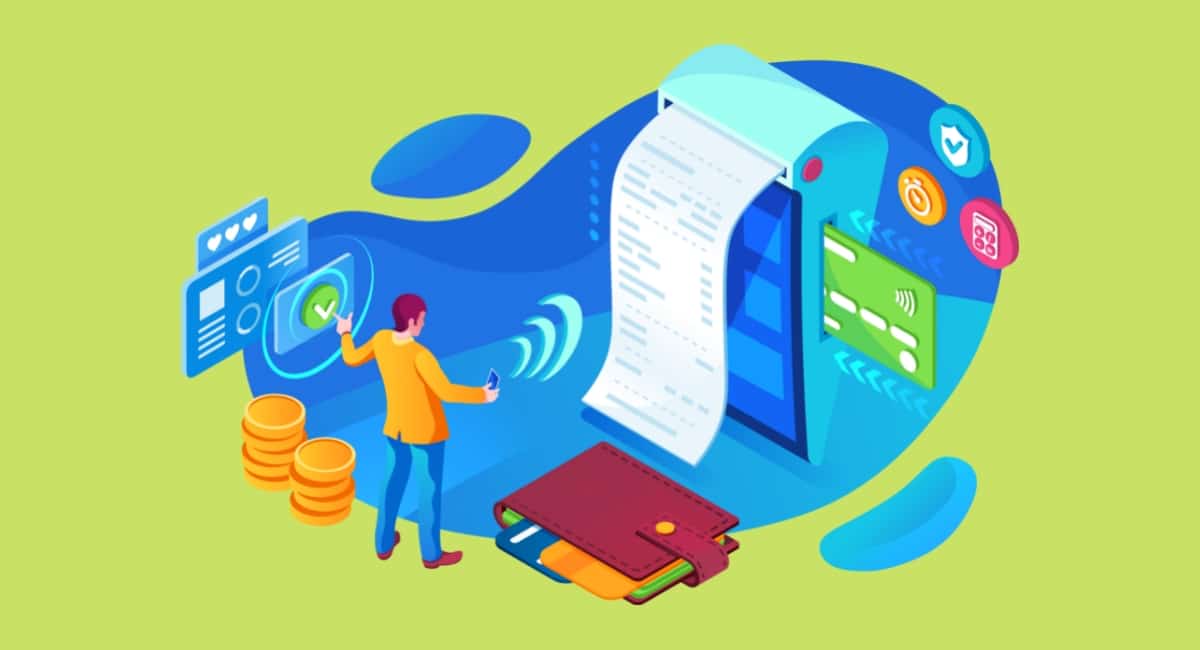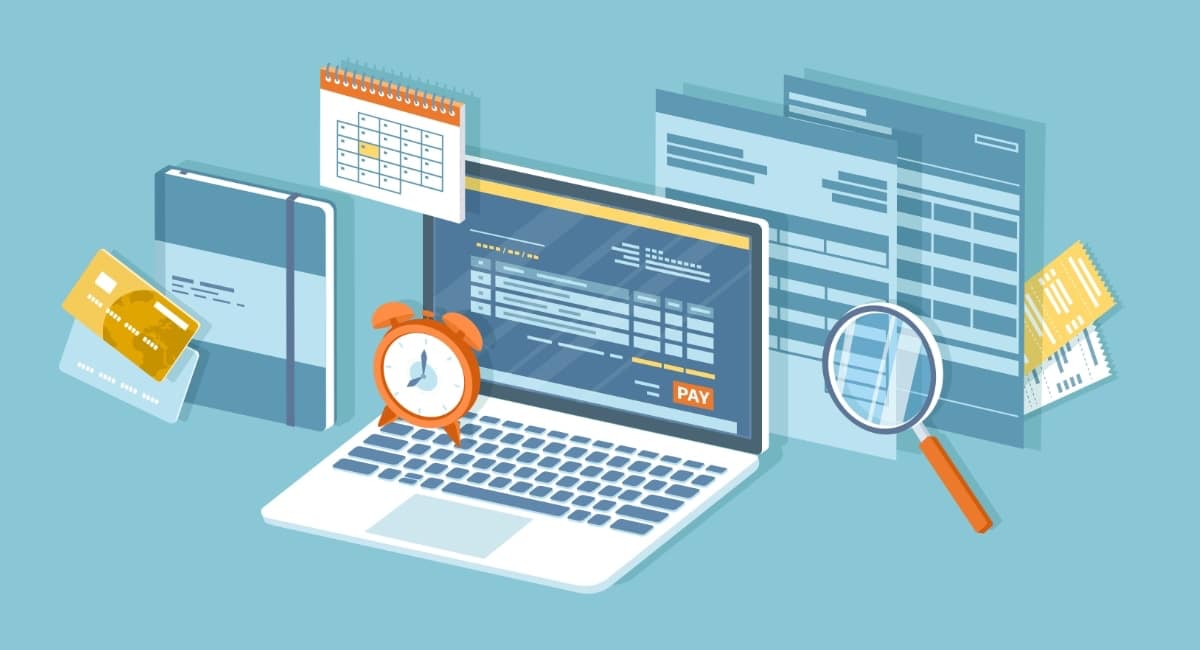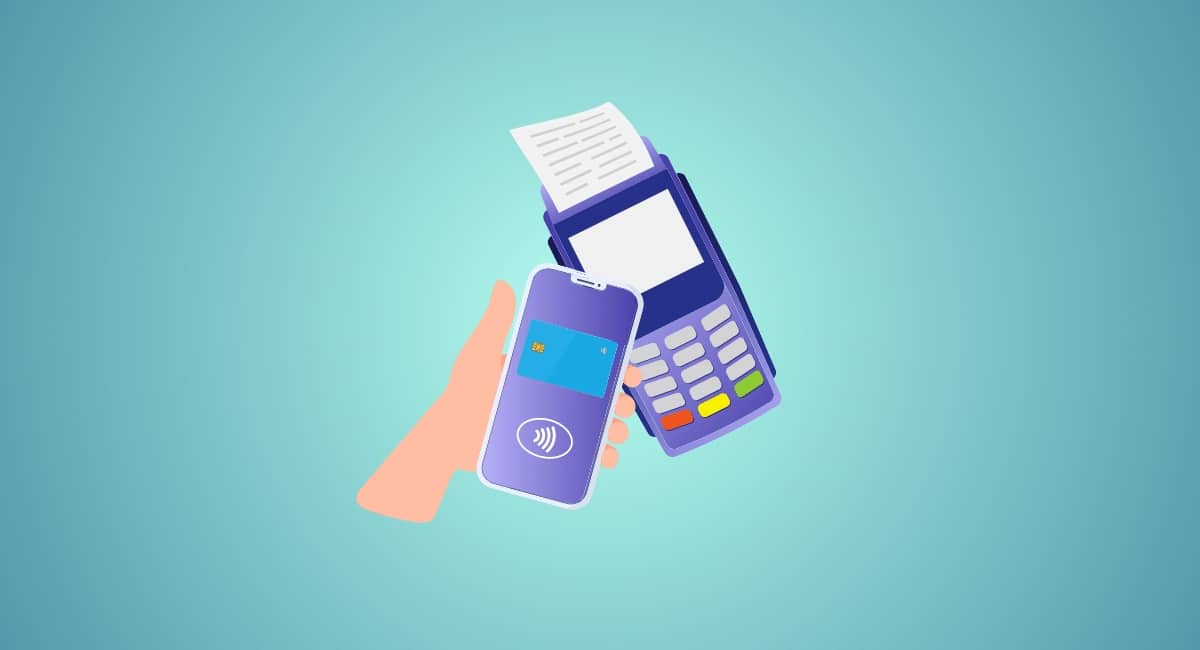Payment systems used to be more specialised and complicated to link up, but a modern breed of solutions is an antidote to this: all-in-one payment platforms.
Traditionally, you would sign up for a card processor and card machine provider and integrate them with each other. If selling on the internet, an online payment gateway had to be integrated with your website, while email invoices and pay-by-links were separate services.
All-in-one payment platforms offer all these things in the same account, integrated out-of-the-box.
What are the benefits of such a solution? What do you get from it? Let’s delve into the details.
Definition
An all-in-one payment solution is a one-stop provider or platform offering everything you need (hardware, software, card processing) to accept payments in person or online.
Benefits of one provider
There are several benefits of using an all-in-one solution for payments.
For one, you get everything needed from the same company, with just one contract. For instance, buying a card reader doesn’t only get you the device, it also includes the credit card processing so you can accept cards straight out of the box.
A traditional merchant service provider would require you to rent a card terminal and sign a long-term acquiring contract enabling you to accept cards through that terminal – so two different contracts just for in-person payments. If you needed an online store too, a different package would be required, which could be linked to a different payment processor, provider or platform.
If you then bump into problems, you would contact different support teams depending on whether you have issues with the hardware, payment processing or software application. If all these things were provided by the same company, the same team can address any of these issues.
What’s more, all-in-one platforms save you integration headaches by having a built-in payment system already linked to the in-person and online payment tools included in the account. You wouldn’t have to integrate different pieces of software through coding or technical support to make it work.
Basing all your payment needs on one platform also saves you time. You only need to log into one merchant dashboard to manage settings and features, view sales reports collating transactions across sales channels, and check your fees and billing details.
Since all transactions are recorded in one account, sales are easier to analyse as you don’t have to collate different data sets for a complete overview of your business.
Available payment options vary
Not every all-in-one solution offers a full range of payment methods.
They can be good at face-to-face solutions like card readers and only have a few remote payment types like a virtual terminal and invoicing. Or they can have various tools catering equally to all sales channels.
To qualify as an all-in-one service, the provider has to offer at least some face-to-face and some remote or online payment features – otherwise, they are not “all” in one.
Face-to-face options could be:
- Card machines
- QR code payments
- Tap-on-phone payments via an app
Remote or online tools include:
- Ecommerce checkout (online payment gateway)
- Payment links
- Email/electronic invoices (e-invoices)
- Virtual terminal for over-the-phone transactions
But there is more to it than just the payment aspect. Some of these channels are connected with another significant piece of software.
For example, a card machine is typically integrated with point of sale (POS) software that registers transactions in store. An online gateway (checkout web page) also needs to integrate with an online store to take customers through the whole purchasing process.
All-in-one platforms may therefore provide these supplementary software solutions too, i.e. an online store builder with a payment gateway built in, or a POS app connected out-of-the-box with a card reader.
Closed vs open systems
All-in-one platforms tend to be based in the cloud (online) so features are linked up, and to provide real-time access to sales and business data across locations.
As a matter of fact, most of today’s business software is based in the cloud and also syncs with other apps. That doesn’t mean they all do, though.
Open all-in-one platforms can integrate with other cloud-based services – often just popular ones like Xero and QuickBooks for accounting – without technical know-how. Such open systems are attractive for small businesses that can’t afford to hire a developer but need an advanced, specialised setup.
In contrast, closed all-in-one platforms don’t allow integrations with external software, but aim to offer associated services that merchants need apart from just payments. This could be POS systems, business accounts, even financing for those who need it – all from the same provider.
The downside of a closed system is that you can’t expand on features. When your business grows, you may therefore have to move to a different provider with a setup that suits the complexity of your business.
For example, SumUp is a closed system that doesn’t integrate with external bookkeeping software or website builders, but offers its own solutions for both. Its features are built for a simple shop or café, but more complicated businesses would struggle with the limitations.
The most comprehensive open system, Square, offers many retail and hospitality tools to emulate a closed system, but integrates with many specialised, external apps too. It’s therefore good for both simple startups and more complex businesses like growing retailers and restaurants.




